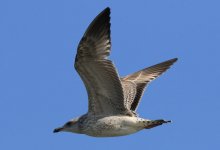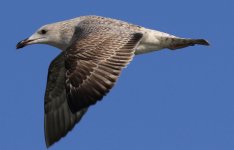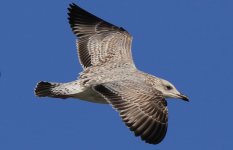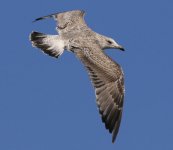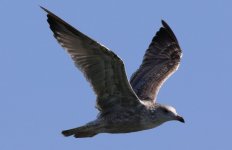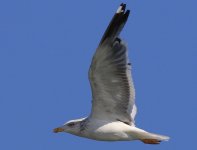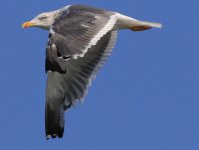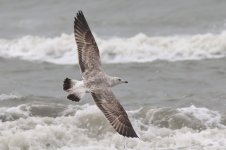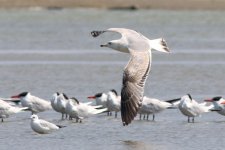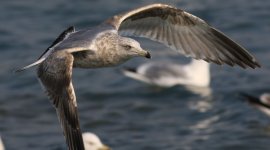xuky.summer
Well-known member
I taken these gulls at Qingdao, Shandong province, Nov 11, 2017
1 2 same bird, a dark 1cy mongolicus with streaked head? or a pale vegae?
3 another dark 1cy mongolicus?
4 5 2cy vegae? but p8 is growing, much like 2cy mongolicus
Thank you very much!
1 2 same bird, a dark 1cy mongolicus with streaked head? or a pale vegae?
3 another dark 1cy mongolicus?
4 5 2cy vegae? but p8 is growing, much like 2cy mongolicus
Thank you very much!




